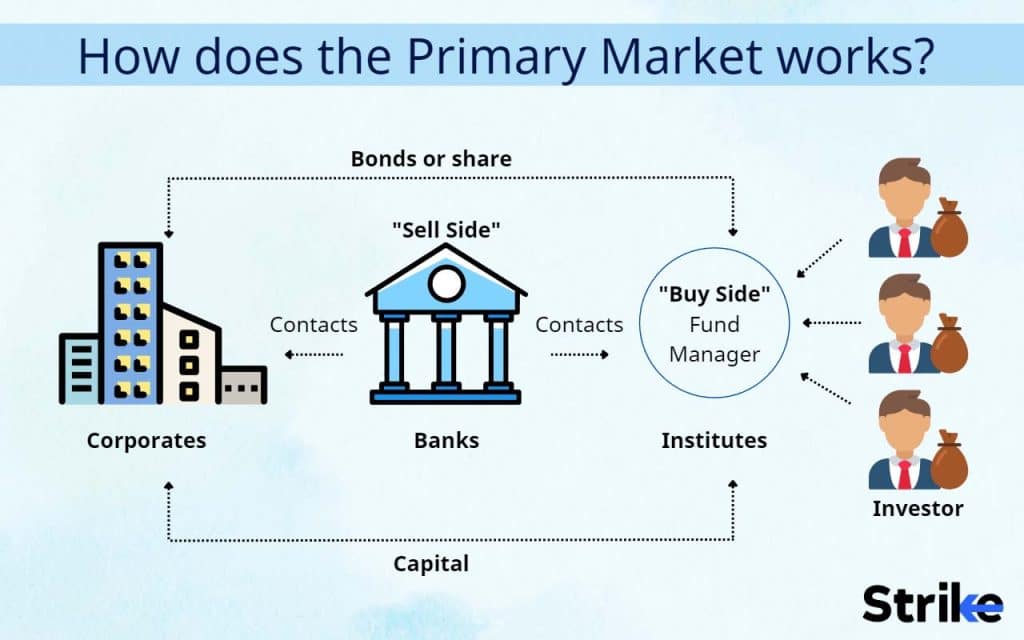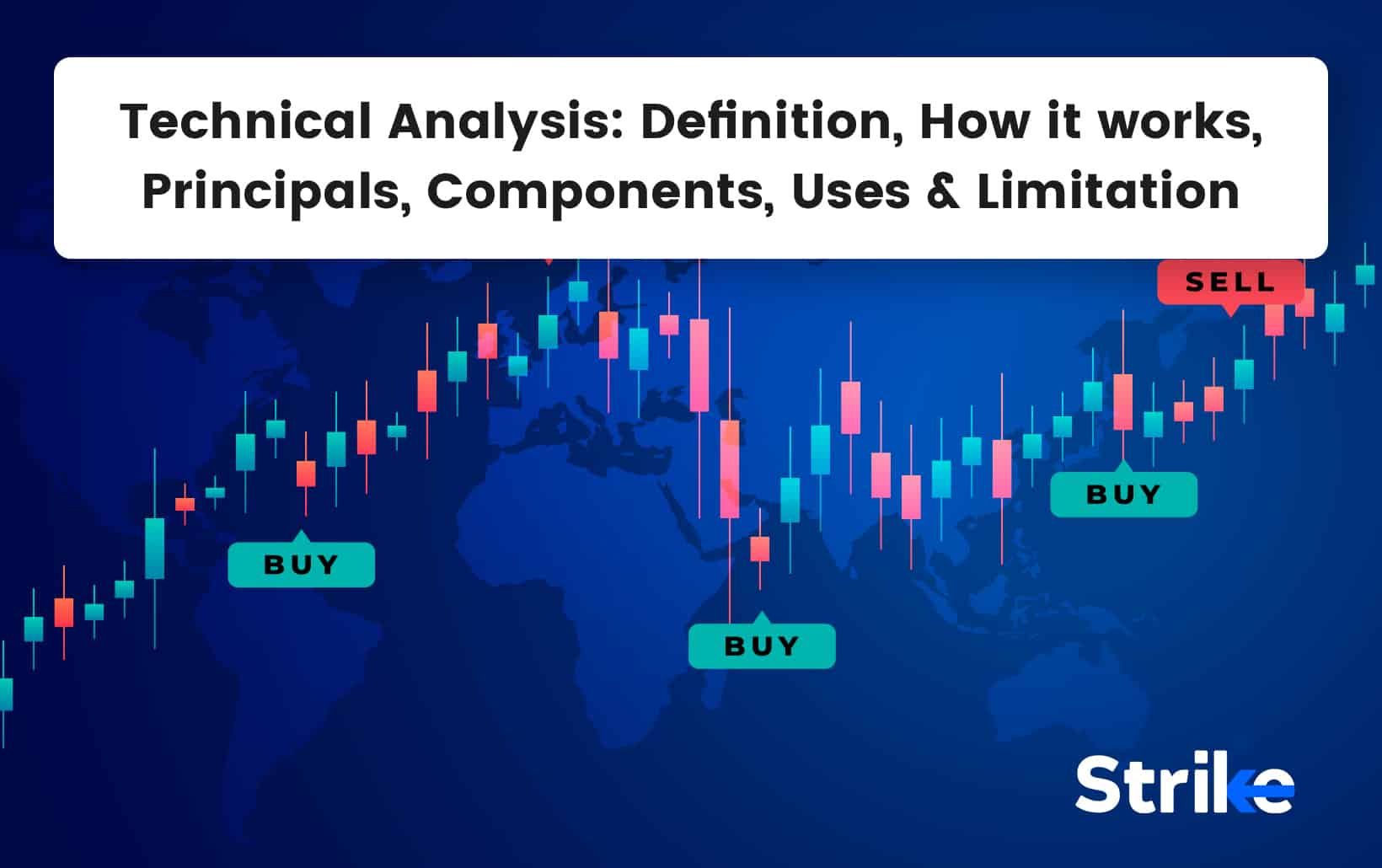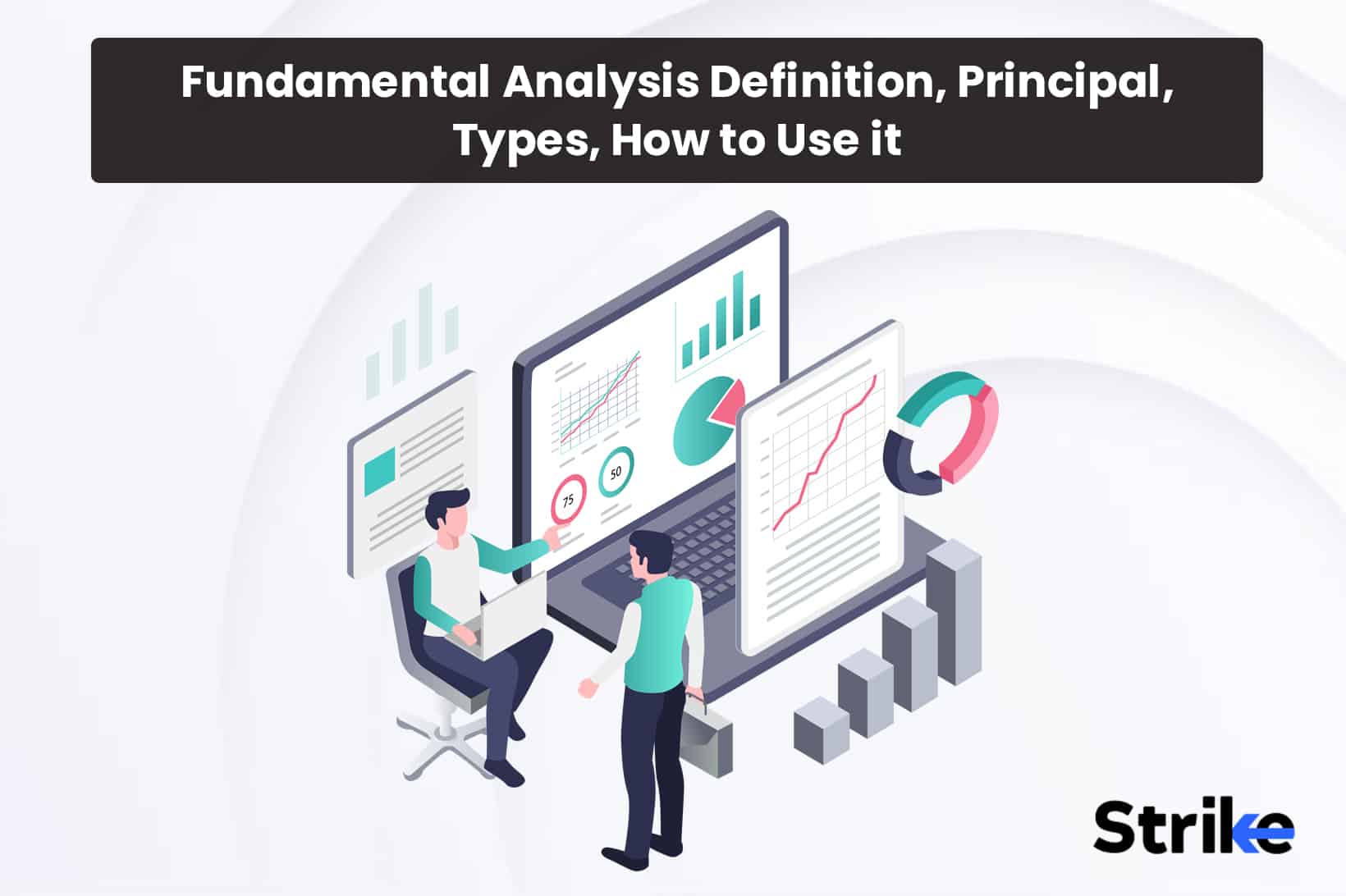
The primary market is an important component of modern financial markets, allowing firms and other organisations to obtain funds and investors to invest in real assets. The financial tools used to enable the exchange of money, information, and securities comprise the primary market.
Companies, governments, and other entities can use these instruments to generate funds, whereas investors can use them to obtain exposure to a variety of assets. Primary markets give buyers and sellers the liquidity and flexibility they need to conduct transactions and deal with changing market circumstances.
What is Primary Market?
The primary market refers to the financial market where new securities, such as stocks, bonds, and other financial instruments, are issued for the first time and sold directly to investors by the issuer, such as a corporation or government entity. Primary markets are economic marketplaces that allow the selling of securities and commodities from the outset. Primary markets serve as a platform for businesses to raise funds and for investors to buy financial assets such as stocks and bonds.
A primary market in stocks and bonds is the market where a corporation first issues fresh shares of stock or bonds. This is sometimes referred to as an initial public offering (IPO) (IPO), The firm will employ an underwriter to oversee the process and define the terms of the offering.
Commodities such as agricultural items, energy, and metals are also traded on the main market. The primary market permits the selling of goods directly from producers to purchasers in this scenario. A merchant, refiner, or processor the buyer.
Primary marketplaces are critical to the economy. Companies must be able to raise funds in order to support their operations and expansion. Investors require a platform to buy securities and make sound investments. And commodities must be purchased and sold.
How does the Primary Market works?
The primary market is the segment of the capital market in which businesses, governments, and other institutions raise cash by issuing new securities. It is often referred to as the fresh issue market. In the primary market, transactions take place between the issuer and the buyer, with investors often acquiring securities from the issuer.

The primary market is the principal entry point into the capital market. It is the location of the issuance of new securities, either to the general public or to a small group of potential investors. The primary market is the initial stage in which businesses and governments can raise capital to fund their activities. Investors can purchase freshly issued securities from the issuer directly through the main market. There are two types of main markets: public markets and private markets.
The selling of freshly issued securities to the general public is part of the public market. It is also known as the IPO market (Initial Public Offerings). This is the most typical type of primary market. Companies may utilise the public market to fund expansion, restructure debt, or pay for acquisitions.
The selling of new securities to private investors such as mutual funds, pension funds, insurance companies, and other financial institutions is done on the private market. Private placements are often employed by businesses that do not require huge sums of cash to be raised. Companies that seek to avoid the fees and public disclosure obligations connected with a public offering also employ them.
The selling of securities to governments and other public bodies is also part of the stock market. This involves the issuance of new bonds to fund government activities, such as Treasury bonds. Governments may also issue new securities to repay current debt or to fund specific projects.
What are the Types of Primary Markets?
There are two main types of primary markets including IPO and private placements. Below are details about them in detail.
Initial public offering
An Initial Public Offering (IPO) is the procedure through which a firm initially sells shares of its stock to the general public. An IPO occurs when a firm sells a large number of shares to the general public, generally through an investment bank. Investors who buy shares become shareholders in the firm.
An IPO’s primary goal is to raise funds for the issuing firm. Companies utilise the proceeds from an IPO to grow their operations, pay off debt, or fund research and development. IPOs may also assist a firm in increasing brand recognition and visibility.
When a business goes public, it must adhere to a slew of regulatory requirements and financial reports. Companies must register with the Securities and Exchange Commission (SEC), which has a set of laws in place to protect investors from fraud. Companies must also submit a prospectus, which is a thorough document that gives extensive information about the firm and its products to potential investors.
There are various steps to the IPO process. First, the firm consults with an investment bank to decide the share price and size of the offering. The business then files a registration statement with the SEC and launches a roadshow to sell the offering to potential investors. The corporation can begin selling shares to the public when the SEC analyses and approves the registration statement.
Private placements
Private placements are an investment offering in which a corporation sells securities to a limited number of investors, typically through a broker-dealer. Private placements allow investors to participate in firms that are not publicly traded on a stock market. Private placements are also frequently utilised to generate financing for start-ups and small firms that are not yet ready to go public.
Due diligence on private placements is typically more comprehensive and complicated since investors must analyse financial statements, contracts, and other papers relating to the private placement. Furthermore, because the firm does not have to pay the fees associated with a public offering, private placements are sometimes given at a cheaper cost than public offers.
What are Examples of Primary Markets?
An example of a primary market listing is the recent IPO of Zomato. Zomato, the renowned Indian food delivery and dining search engine, just announced its IPO on the Indian stock exchange, making it the country’s first food tech business to go public.
The IPO is expected to raise roughly INR 8,250 crores (USD 1.1 billion) at a price range of INR 755 to INR 765 per share. The offering comprises about 10.2 crores (approx. 102 million) equity shares of Zomato, with the firm providing approximately 2.1 crores (approx. 21 million) and existing shareholders selling their position, offering the remainder 8.1 crores (approx. 81 million).
The IPO includes an offer for the sale of up to 1.87 crores (approximately 19 million) equity shares by existing shareholders, as well as a fresh issue of up to 2.13 crores (approximately 21 million) equity shares by Zomato. The business has set a floor price of Rs 755 and a ceiling price of Rs 765 per share. The issue will begin on April 21, 2021, and end on April 23, 2021.
Which Financial Regulators oversee Primary Markets?
The Securities and Exchange Board of India (SEBI) is the major securities market regulator in India. An Act of Parliament was formed in 1992 to safeguard investors and support the development of fair and orderly capital markets. SEBI is in charge of regulating the issuing of securities, combating insider trading, protecting investor interests, and overseeing stock market activities.
The Securities and Exchange Commission is the major securities market regulator in the United States (SEC). The Securities Exchange Act of 1934 was created it to protect investors and safeguard the integrity of the financial markets.
The Securities and Exchange Commission (SEC) is in charge of enforcing federal securities laws, regulating the securities sector, and monitoring the actions of stock exchanges, brokers, dealers, and other market participants. It also mandates corporations to disclose important information, such as financial statements and company developments, in a timely and accurate manner.
What are the Institutions and Organizations associated with Primary Market?
Institutions play a vital role in the primary market, and each has a unique responsibility in the issuance and distribution of new securities.
Merchant bankers are one of the crucial players in the primary market. They act as intermediaries between the company issuing the security and the investing public. Merchant bankers play various roles, such as lead managers, issue managers, and co-managers, to ensure a successful public issue. They help in the preparation of prospectuses, filing of documents with regulatory authorities, and pricing of the securities.
Registrars to the issue are another important player in the primary market. They are responsible for collecting applications, processing them, and allocating shares to subscribers. Registrars issue allotment letters, and share certificates, and ensure that the stocks are listed on the stock exchange within the regulatory schedules. They also assist in fulfilling the listing requirements and maintaining compliance with regulatory guidelines.
Underwriters and brokers are also essential players in the primary market. Underwriters subscribe to a certain amount of capital in the issue and help fill the gap if there is a shortfall in subscriptions as planned.
They provide a guarantee to the issuing company that a specific amount of capital will be raised, even if the public does not fully subscribe to the issue. Brokers, on the other hand, are responsible for placing the new issue in the market through their extensive network and sub-brokers. They facilitate the distribution of securities and help investors participate in the primary market.
What are the Instruments used in Primary Market?
Instruments of the primary market include stocks, bonds, currencies, and spot commodities.
1. Stocks
Stocks are units of ownership of a company or organization. When a company wishes to raise capital, it will issue stocks and offer them in the primary market. Investors buy these stocks, which are then traded on the secondary market.
2. Bonds
Bonds are debt securities issued by governments and corporations. They are issued in the primary market and investors buy them with the promise of receiving periodic fixed returns and their principal amount when the bond matures.
3. Currencies
Currencies are any form of money issued by a government to be used for transactions of goods and services. They are traded in the primary market and investors buy them to benefit from their exchange rate.
4. Spot Commodities
Spot commodities refer to physical commodities like metals, grains, and energy products that are traded in the primary market. Investors buy these commodities in the hope of making a profit from their price movements.
How do they Forecast and analyze the movement of investments in the Primary Market?
It is necessary for any firm that wants to be successful to make predictions about and conduct analyses of their investments in the main market. If the company has a good understanding of the patterns and trends in the market, it will be better equipped to make decisions that will maximise its earnings.
It is essential for every firm to have a solid understanding of the core market and the trends that operate within it in order to be successful. The main market may be analysed to provide businesses with the information necessary to make educated decisions on their investments.
Fundamental research is one technique that may be utilised in the process of anticipating and assessing investments in the main market. The investigation of the general market circumstances and the financial health of the issuing firm are both included in the fundamental research process. In order to assess the value of the firm’s stock, it is essential to have a solid understanding of the financials of the issuing company. In order to evaluate the potential of the stock, it is necessary to do research on the current market circumstances.
The use of technical analysis is yet another way. When conducting technical analysis, charts and graphs are utilised to identify the movement of investments in the primary market. Investors are able to make educated choices about their investments if they conduct thorough research on the patterns and trends exhibited by the stock.
Utilizing financial models is the third approach that may be taken. The risk that is linked with investments may be evaluated with the help of financial models, which are mathematical models. Investors may make more educated choices regarding their investments by employing financial models in their decision-making processes.
Utilizing data analysis as the last strategy for anticipating and assessing investments in the primary market is the fourth way in total. The process of analysing market patterns and trends through the utilisation of collected data is known as data analysis. Investors are able to make well-informed selections regarding their investments if they first do data analysis.
It is vital for each firm to make projections and conduct analyses about investments in the primary market. Investors may make educated judgements about their investments by first gaining an awareness of the market circumstances, then analysing the financials of the issuing firm, and finally engaging in the use of financial modelling tools.
Understanding the patterns and tendencies of the market may also be aided by data analysis, which is a beneficial tool. Investors may optimise their earnings and assure the success of their investments by utilising a combination of these strategies in their investment decisions.
What ways do primary markets help investors?
Investors can participate directly in fresh offers of stocks, bonds, and other assets through primary markets. This lets investors buy securities directly from the issuer, allowing them to get the best potential return on their investment. Investors can also function as market makers in primary markets, which means they can supply prices and liquidity for the assets being offered.
This can assist in boosting the liquidity of securities in the market and guarantee that they are priced correctly. Finally, primary markets give investors access to business information such as financial statements and other corporate papers, which may help them make educated investment decisions.
Why is Primary Market important to the economy?
Primary markets are critical components of a healthy economy because they allow businesses and other organisations to raise funds to fund their operations and expansion. Investing in primary markets can provide investors with the opportunity to profit from the potential returns associated with the growth of the firms or other entities in which they are investing.
How to invest in Primary Markets?
Investing in primary markets often begins with the investor conducting their own research and analysis on the company or financial asset of interest. This might include investigating the company’s finances, management, and strategy, as well as assessing its current and projected market position. Once the investor is satisfied with the investment, he or she can opt to invest directly or through a broker.
Who can invest in Primary Markets?
Primary markets are open to participation from any investor who possesses the necessary knowledge and resources to participate, regardless of the person’s current financial situation. Having said that, though, they are often better suited for experienced investors who are familiar with both the dangers and the potential rewards connected with investing in these markets. In addition, several laws and limits imposed by the government can be applicable, particularly for investors from other countries.




![85 Common Stock Market Terminologies for Dummies [Updated List for 2025] 10 85 Common Stock Market Terminologies for Dummies [Updated List for 2025]](https://www.strike.money/wp-content/uploads/2025/04/Popular-Stock-Market-Terms-for-Beginners-Banner.png)











No Comments Yet.